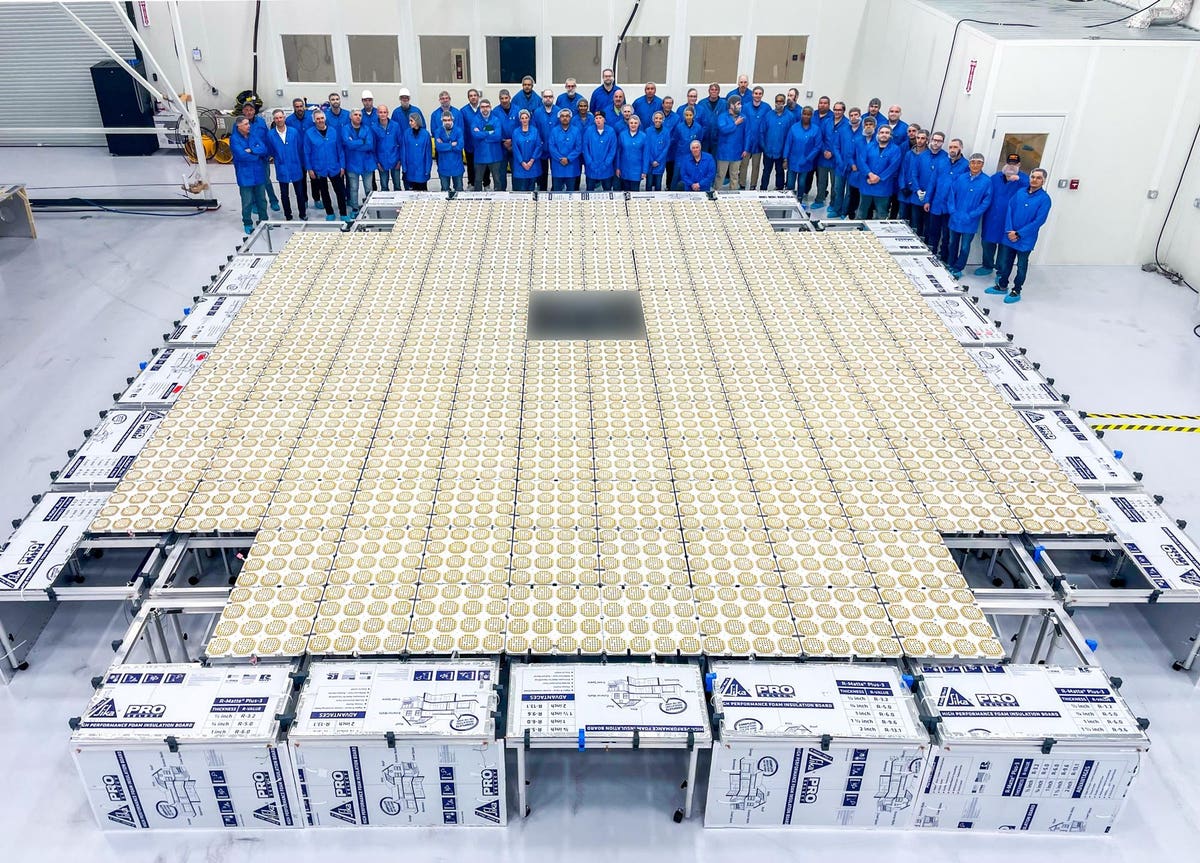AST SpaceMobile completed what it says is the first-ever 5G voice and data connection from a standard unmodified smartphone directly to a satellite in low earth orbit. The 5G call took place on September 8 from Hana, Hawaii to Madrid, Spain via the company’s BlueWalker 3 test satellite and using a stock Samsung S22 smartphone. A separate test achieved a download speed of 14 megabits/second.
Speeds like this will enable more than just phone calls. They’ll potentially enable browsing the internet, downloading files, using streaming video applications, and more.
“Since the launch of BlueWalker 3, we have achieved full compatibility with phones made by all major manufacturers and support for 2G, 4G LTE, and now 5G,” chairman and CEO Abel Avellan said in a statement. “We are more confident than ever that space-based cellular broadband can help transform internet connectivity across the globe by filling in gaps and connecting the unconnected.”
AST has partnered with Vodafone, AT&T, and Nokia to develop satellite-based cellular communications in competition with SpaceX’s Starlink service.
The key difference between SpaceMobile and Starlink is the massive size of the BlueWalker satellite: about 40X bigger than an original Starlink at around 693 square feet. That size enables direct communication with standard phones that most of us already own, rather than special hardware or satellite dishes. SpaceMobile completed its first-ever call to space in April of this year, and aims to provide cellular coverage for at least part of the 90% of the earth’s surface that does not currently have mobile connectivity.
Current plans call for the company to orbit 168 satellites.
“Now you’re going to have seamless connectivity,” networking giant Ciena senior director Brian Lavallée told me recently, speaking about future satellite connectivity. “So if you are in cell coverage, you will use cell phone towers like we typically do. But once you go off coverage, then you’ll start bouncing off a satellite.”
There’s a challenge, however, to enable ubiquitous connectivity. These satellites will be in LEO, low earth orbit, to enable transmission from standard cellular radios. LEO is low: within a few hundred miles of the earth’s surface, and that severely limits the amount of the globe they can see. (Geosynchronous satellites that orbit much farther out can address a much higher percentage of the earth’s surface.)
“So if we look at the GEO satellite sitting at 36,000 kilometers, these were huge,” Lavallée says. “As you got closer to earth, the satellites got smaller, but then you needed many more of them because the coverage range was that much smaller.”
SpaceMobile has a long way to go in order to realize its vision, and it’s unclear how many customers the company could support per satellite, especially when using higher-bandwidth applications such as video or downloading files. And competing with SpaceX and Starlink will be challenging: not only does Starlink have a significant head start, the company is its own launch partner, meaning it will get the best possible rates to launch its satellites. Starlink also hits about 100 Mbps, although with dedicated satellite connectivity hardware.
But SpaceMobile says it has more than 2,600 patents and claims on enabling space-based telecoms, and agreements with more than 40 mobile network operators such as Vodafone, Rakuten Mobile, Bell Canada, AT&T, Orange and others totaling 2.4 billion subscribers.
If it works, being “out of range” might become a thing of the past.
Read the full article here





